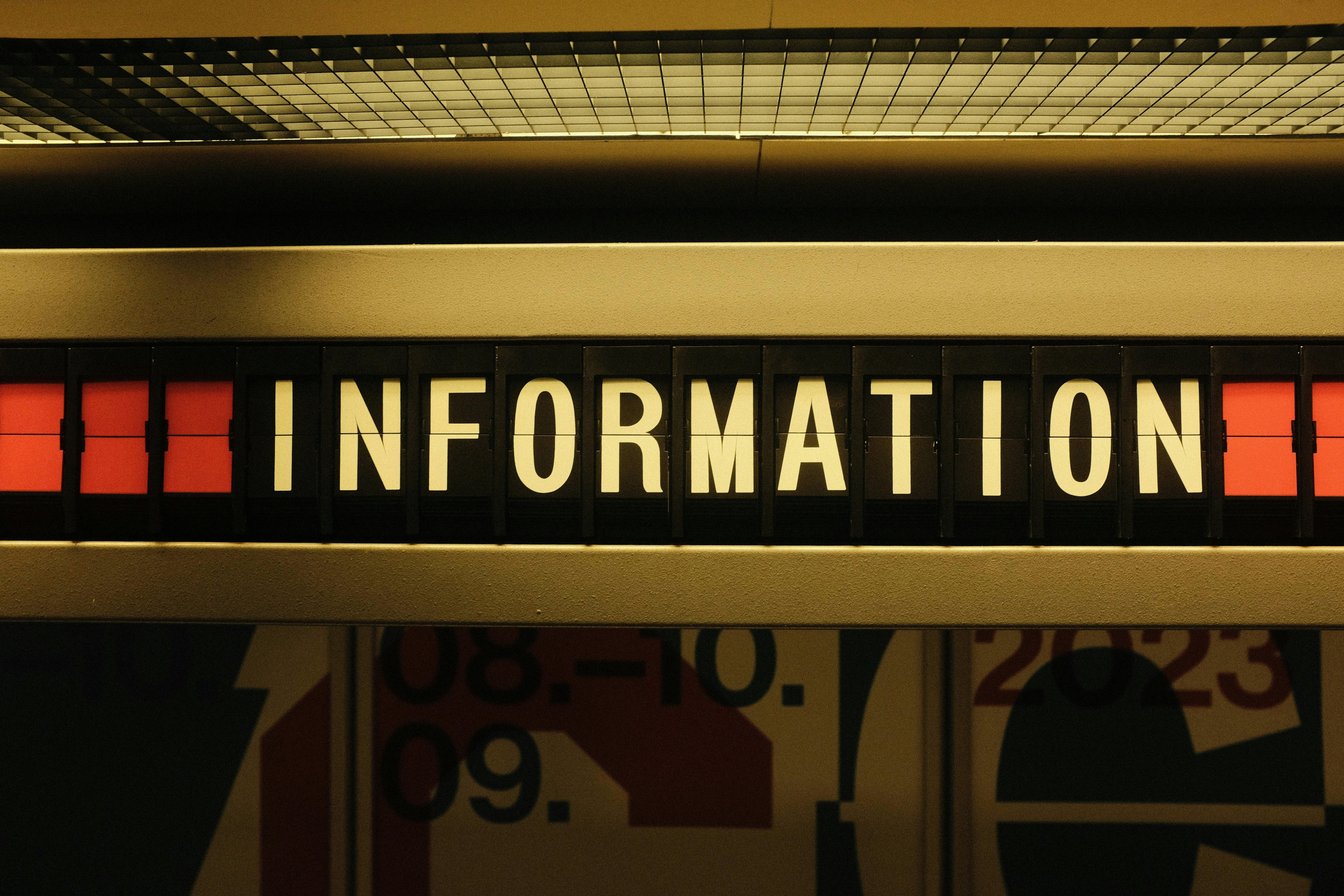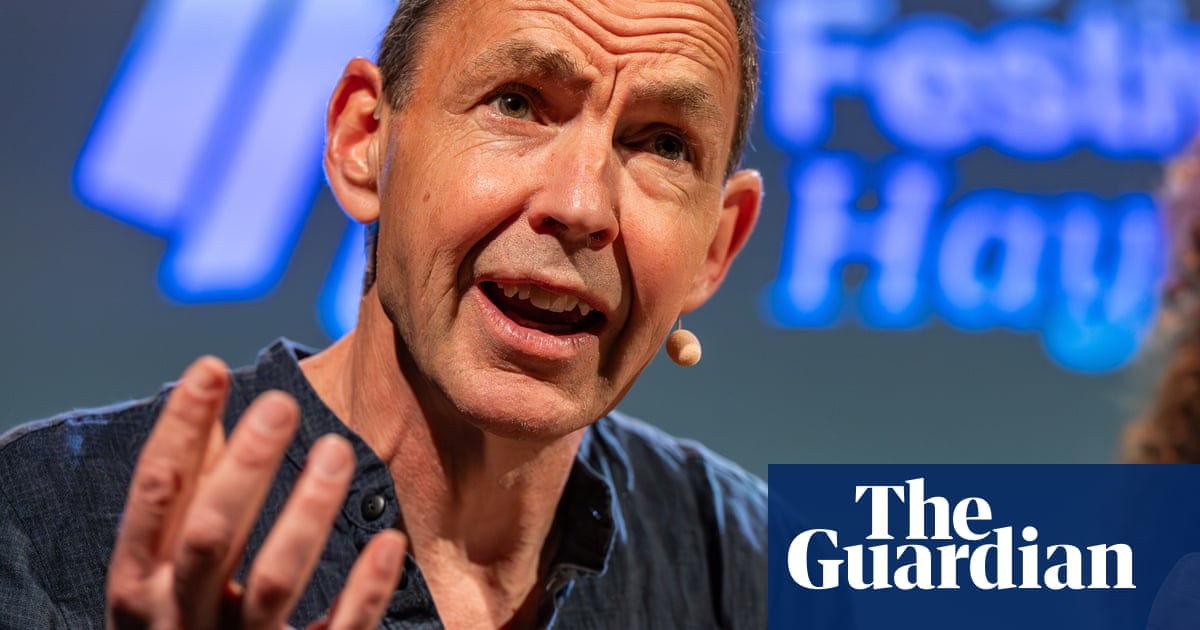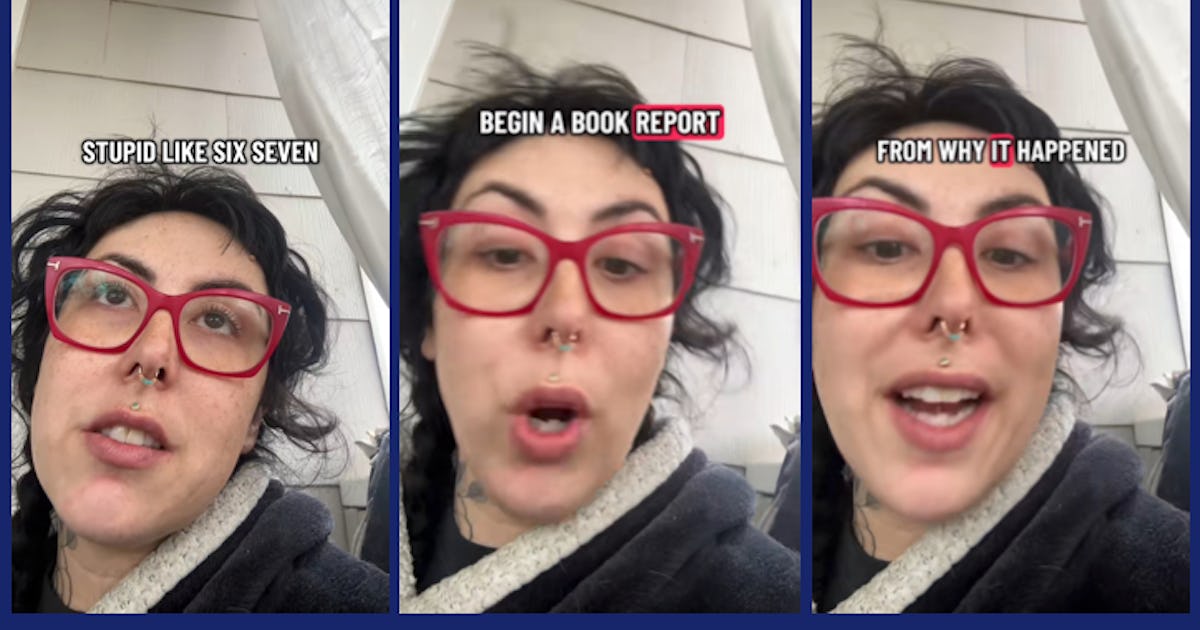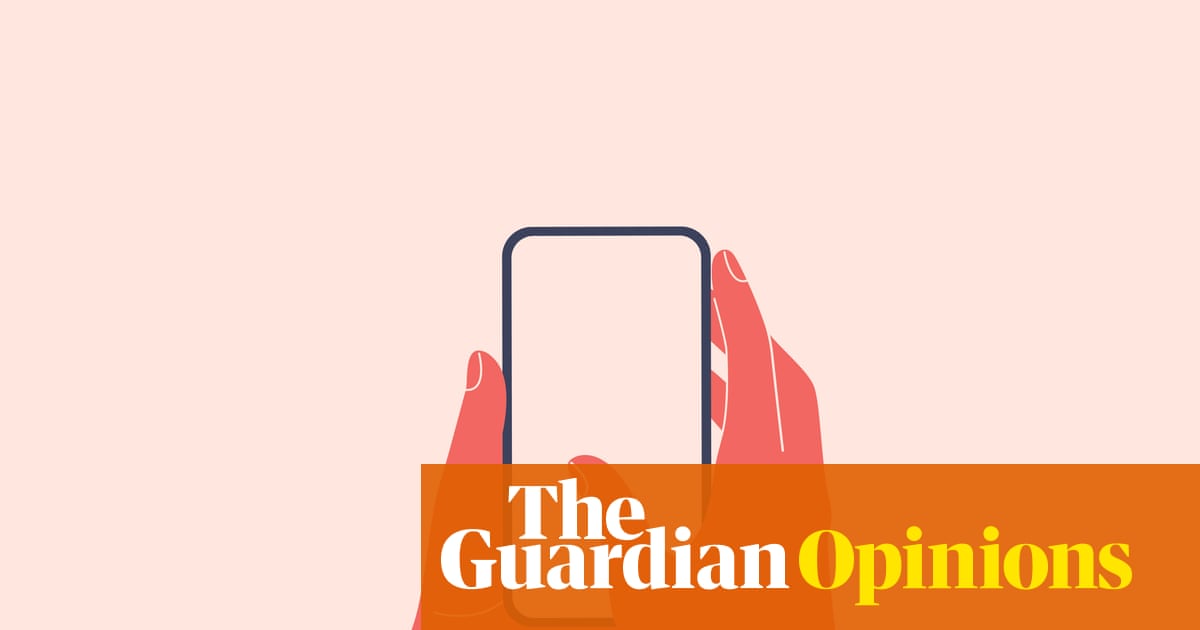#media-literacy
#media-literacy
[ follow ]
#misinformation #disinformation #social-media #parenting #journalism #education #critical-thinking #ai-ethics
fromwww.amny.com
2 months agoJustice Sotomayor warns that Americans may not know the difference between presidents and kings | amNewYork
Supreme Court Justice Sonia Sotomayor raised the concern over whether Americans understand the difference between a king and a president at a New York Law School event Tuesday. At a Constitution and Citizenship Day Summit panel discussion aimed at fostering conversation about how to improve civic participation with the law school's dean and several other state and federal judges, Sotomayor asked the question without referencing either political party or President Donald Trump.
Education
fromPsychology Today
2 months ago5-Minute Weekly Habit That Changes Everything About Sex Ed
It could be on the front page, or it could be in the business section, or maybe even in the sports section of the newspaper. But simply, at the breakfast table-hopefully on a weekend day where there's lots of time and everybody's very relaxed and the children are sitting at the table-just say, "Would you listen to this?" Then read that article, lean back in your chair and say, "What do you think of that?" And then just be quiet.
Parenting
fromPsychology Today
3 months ago15 Lessons from 15 Years of Teaching Digital Literacy
In that first lesson, I introduced students to the idea of becoming "de-tech-tives," a concept inspired by the late Dr. Jason Ohler's book, Digital Community, Digital Citizen, and shaped by the themes I learned from Dr. Pamela Rutledge, two professors I'd met while studying media psychology. On that first day, the students and I explored how people throughout history have adapted to new tools.
Education
US politics
fromNieman Lab
3 months agoThis professor decided to teach his college students Fact-Checking 101 - here's what happened
Integrating Civic Online Reasoning into large introductory government courses can teach students strategies to evaluate online misinformation without overhauling the entire course.
fromMashable
3 months ago9 ways to spot an AI-generated viral video
AI-generated video has gotten way too good. Scary good, actually. Because of that, our feeds are flooded with suspiciously perfect clips - like impossibly cute animals bouncing on trampolines - racking up millions of views across TikTok, Shorts, and Reels. With AI content blending seamlessly into our scroll, it's not always easy to know what's real. So, how can you tell if a viral video is AI-generated?
Artificial intelligence
fromPoynter
3 months agoWorld's fact-checkers to meet in Vilnius for GlobalFact 2026 - Poynter
Presented by the International Fact-Checking Network (IFCN) at Poynter, GlobalFact is the world's largest and most impactful summit for professional fact-checking. Every year, fact-checkers come together to address industry-wide challenges, exchange best practices and build collaborative solutions to improve our shared information ecosystem. Each day of the summit features keynote presentations, interactive learning sessions and networking events to help fact-checkers build business operations, audiences and impact.
Media industry
fromWIRED
3 months ago'Cheapfake' AI Celeb Videos Are Rage-Baiting People on YouTube
Mark Wahlberg straightens his tie and beams at the audience as he takes his seat on the daytime talk show The View, ahead of his hotly anticipated interview. Immediately, he's unsettled by the host, Joy Behar. Something isn't quite right about her mannerisms. Her eyes seem shifty, suspicious, even predatory. There's a sense, almost, of the uncanny valley—her presence feels oddly inhuman. His instincts are right, of course, and he's soon forced to defend himself against a barrage of cruel insults playing on his deepest vulnerabilities. The audience are stunned—none more so than those watching at home on YouTube, who swiftly thumb in their words of reassurance. It's a scene that has been described as one of the most talked about moments in daytime television history. Except, Mark Wahlberg hasn't been a guest on The View since 2015. The inevitable twist? None of this happened in reality, but rather elapsed over the course of a 25 minute long 'fanfiction' style video, made with the magic of artificial intelligence to potentially fool 460,000 drama-hungry viewers.
Digital life
fromwww.theguardian.com
5 months agoWhat SJP's selfie trick tells us about the terrifying rise of conspiracy theories | Arwa Mahdawi
In an interview, Parker mentioned, "I used to say, I can't, because of the government,' and I'd do this, Parker said, pointing up to the sky. It really confused people."
US politics
fromwww.mercurynews.com
6 months agoSteves: Trump's cuts to public broadcasting will weaken U.S. democracy
As our president sets his sights on defunding PBS and NPR, I'm reminded why, for more than 30 years, I've shared thoughtful programming (produced on my own dime) with public television and radio stations.
Non-profit organizations
fromdesignboom | architecture & design magazine
6 months agomulti-sensory totem device by niice studio visualizes patterns of media misinformation
TOTEM acts not merely as a traditional fact-checker but as a sophisticated barometer that gauges shifts in informational patterns, thus creating a tactile response to media changes.
Typography
fromBBC Bitesize
6 months agoCelebrity AI images featuring Bella Ramsey, Walton Goggins and Lauren James. - BBC Bitesize
Bella Ramsey, Walton Goggins, and Lauren James have recently made headlines, featuring in this monthâs AI or Real quiz that challenges you to differentiate between real and AI-generated images.
Artificial intelligence
[ Load more ]























